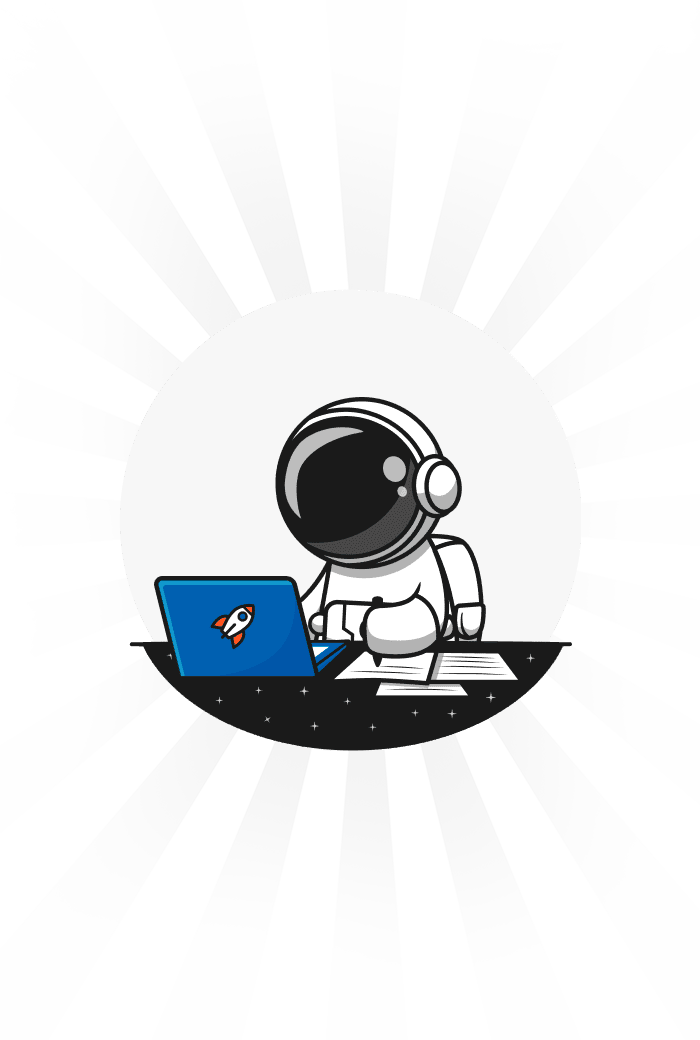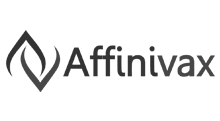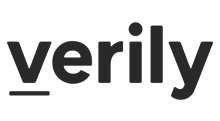Product development takes effort and time. Compliant design development requires extensive documentation that can affect productivity, leading to delivery delays or non-compliance. Every minor change must be tracked as it can lead to a series of changes, tests, reviews, validations, and verifications. Teams using spreadsheets or disparate systems find it difficult to document these changes. Having a design project management helps improve visibility and traceability and supports high-quality design products that meet regulatory and quality standards.
Request an Online Demo






































